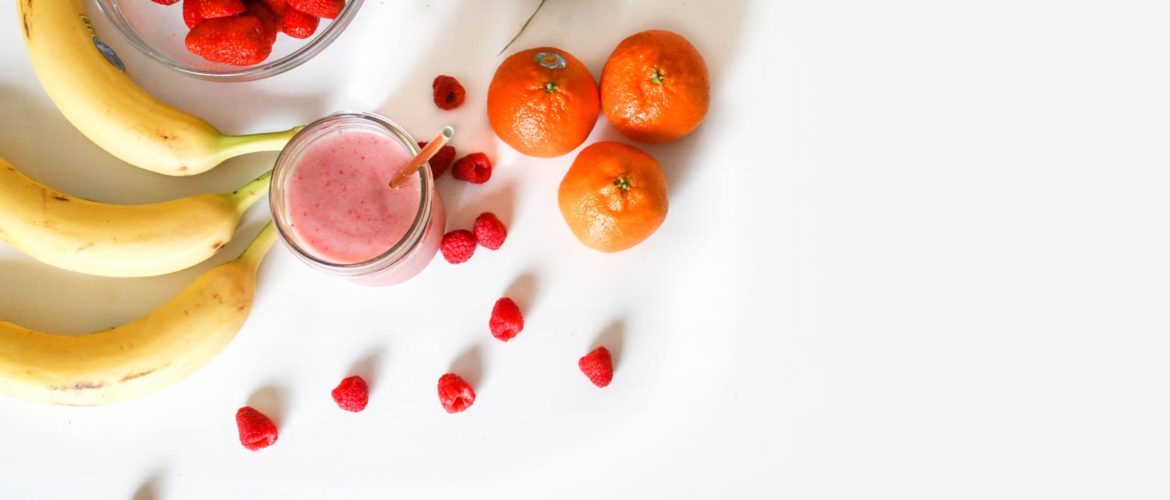What is the low FODMAP diet and how does it work?
The low FODMAP diet is an elimination style diet that works by restricting foods which are high in fermentable carbohydrates. These fermentable carbohydrates are named FODMAPs (Fermentable Oligosaccharides, Monosaccharides, Disaccharides and Polyols). FODMAPs are poorly absorbed in the gastrointestinal system, and in people with Irritable Bowel Syndrome (IBS) can result in triggering symptoms. These symptoms include bloating, pain, cramping, diarrhea and constipation. The diet, developed by researchers at Monash University, is now well recognized and noteworthy as an effective method to alleviate or manage IBS symptoms. The FODMAP diet can also be used for other gastrointestinal conditions such as Crohn’s Disease or Ulcerative Colitis, and there is even new evidence supporting its use in infantile colic and endometriosis.

Where do I find FODMAP foods?
Some common high FODMAP foods include; apples, asparagus, garlic, onion, sweet corn, legumes, stone fruit, cows milk, wheat-based breads & pastas, and nuts such as pistachios and cashews.
The below table shows some commonly eaten high and low FODMAP foods from the major food groups. You will notice that these foods have FODMAPs that are naturally occurring. FODMAPs may also be present in diet products like diet soft drinks and muesli bars, due to the use of artificial sweeteners (polyols) which are poorly absorbed in the gut.
| Food group | High FODMAP | Low FODMAP |
| Fruit | Apple, pear, mango, dried fruit
Nectarine, watermelon |
Orange, kiwi fruit, strawberries, pineapple |
| Vegetables | Garlic, onion, asparagus, mushroom, cauliflower | Carrot, green beans, eggplant, potato, zucchini |
| Breads and Cereals | Wheat-based breads and pastas, wheat-based biscuits | Sourdough bread, gluten free bread and pasta, oats, rice cakes |
| Protein | Red kidney beans, falfel, cashews, pistachios | Red meat, fish, chicken, ¼ cup of chickpeas, almonds |
| Dairy & alternatives | Cows milk, soft cheese, custard | Lactose free milk, soy milk (from soy protein), yoghurt (small amounts) |
Table 1: Examples of high and low FODMAP foods
How does the diet work?
IBS can be triggered when we consume one or more of the types of FODMAP you are intolerant to. For example, consuming an apple, mango and pear all in the same day could be too much and cause IBS symptoms. Therefore, the FODMAP diet can help us to identify which types of fermentable carbohydrates are causing symptoms and also how much of these we can tolerate. This is certainly highly individual and as a result you should never follow someone else’s ‘normal’ or tolerated amounts of FODMAPs.

The three step process
The diet is generally a three-step process; elimination, re-introduce and personalisation. The first step (elimination) involves reducing FODMAP foods eaten to only very small amounts for four to six weeks. This step can be tricky, due to identifying high FODMAP foods in your current diet, and then swapping these for a low FODMAP alternative. A great example of this would be swapping out an apple out for an orange or kiwi fruit.
The next step (re-introduction) involves a series of food challenges to help identify trigger foods and amounts of foods tolerated. This step is generally quite lengthy, taking around 6-8 weeks. As a result it is recommended to be completed with a Dietitian. Above all this will ensure you get true results!
Finally, after the food challenges have taken place, we then work towards ensuring adequacy and variety of your diet, whilst maintaining good symptom control. This phase is termed personalisation. It is certainly important to go transition through the first two phases and not stay on a strict low FODMAP diet for a long period. Mainly due to the fact that we know intakes of iron, calcium and fibre tend to be low when sticking to a strict FODMAP diet. Also, staying on a strict low FODMAP diet long-term has also shown to have negative effects on gut bacteria. This is caused by a reduction in prebiotic fibre intake.
What if it doesn’t work?
Stress, anxiety and a lack of sleep can all exacerbate symptoms. Some substances which are low in FODMAP content can also worsen symptoms. These include caffeine, fatty foods and alcohol. Inadequate or excessive fibre intake, as well as certain medications may also affect IBS symptoms. Therefore, if you have tried the low FODMAP diet for IBS and it hasn’t helped, troubleshooting with a Dietitian may help identify other possible triggers or food combinations that are impacting your symptoms.
How a Dietitian can help with IBS
Dietitian’s are trained in medical nutrition therapy, which allow them to use an evidenced-based approach to treat medical conditions with nutrition. It involves a detailed process that assesses a person’s nutritional status, blood test results, clinical symptoms and dietary history/patterns. Furthermore, it also helps identify the ‘why’ behind what we eat. It takes into account social factors (like who completes the cooking, cultural events, etc.) that impact on food intake.
Our Dietitian Sophie Hofto has completed specialist training in the low FODMAP diet with Monash University. She will help to guide you through the process, working to improve your health and quality of life. She has lots of helpful information on how the diet works, cooking on a FODMAP diet, eating out on a FODMAP diet and yummy recipes! We generally find the re-introduction phase the hardest. Due to this it should definitely be guided by a Dietitian!
Get in contact or book an appointment to find out more!

